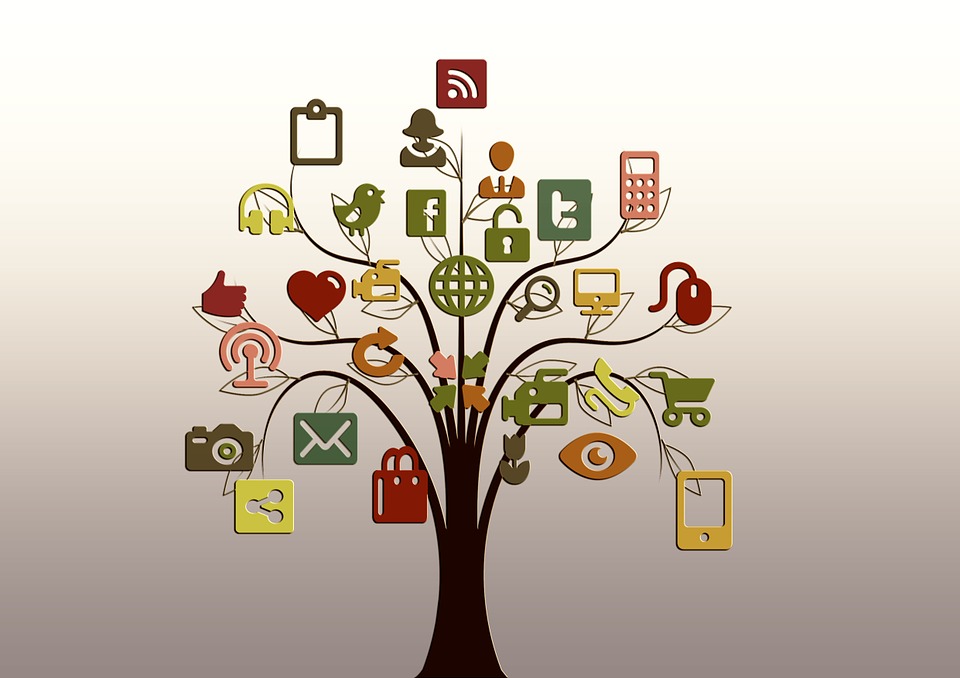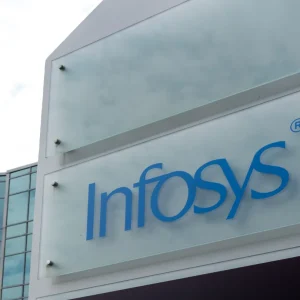
IoT has officially gone from hype to reality with 65% of enterprises worldwide admitting they are using smart technology to gather data for business purposes as digital transformation shifts roadmaps.
According to 451 Research’s survey, "Voice of the Enterprise", 71.5% of the 1, 015 respondents said the majority of data comes from machine sensing, while 8.5% collect data from biological sources, such as humans and animals. Environmental sensing is used by 20%.
In terms of how companies collect data, 51% of those surveyed said the most common source of data is data centre IT equipment. This is followed by camera and surveillance equipment (34%), data centre facilities equipment (33%) and smartphones/end-user devices (29%).
However, over 30% said they do not gather any data. The biggest barrier to this is security.
46% highlighted security concerns as the biggest inhibitor to adopting IoT technologies to collect data, while 32% cited a lack of internal skills.
A lack of IT capacity (29%) and a lack of perceived ROI and benefits (29%) were also found to be an impediment when it comes to IoT.
Yet, for 66% of those that do collect data said that business risk was reduced. In addition, 63% said operations were optimised, 33% said it helped developing new or enhancing existing products or services, and 21% said it benefited them to enhance customer targeting.
61% of respondents said they manage their IoT initiatives without the help of external consulting or professional services.
Dan Harrington, research director at 451 Research, said: "Connected endpoint scenarios vary immensely from traditional use cases such as IP connected cameras, building automation, warehouse automation and telematics to emerging industrial use cases such as crop monitoring and remote patient monitoring.
"Organisations are both enhancing their already connected endpoints with greater capabilities as well as connecting new objects with sensors and circuitry to derive net new value for the business."
Harrington also said that there is a clear need for external expertise to help convince organisations of the business value of IoT as well as to fill internal skillset gaps in areas like security, big data and network infrastructure.
He said: "While there are numerous examples of ‘old’ IoT, it does feel very much early days. We are just now beginning to understand the value of the data being produced and how best to put it to use.
"In order for IoT to evolve as a key digital transformation enabler, enterprises and vendors of key solutions must address security concerns, set standards for connectivity, and lower both the cost and complexity of deploying these environments."






